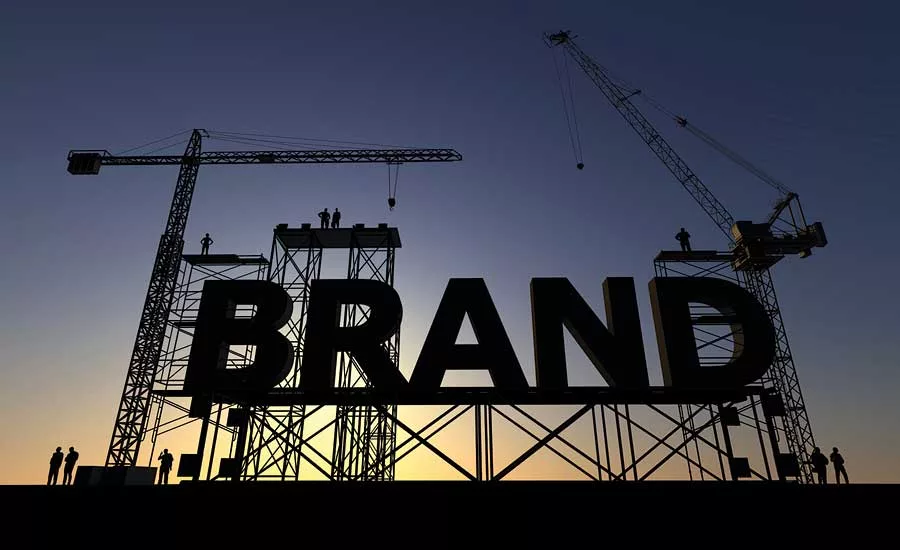Your image affects your bottom line

Here’s the scene: You have to pick a restaurant for a nice evening to celebrate and you want the whole bit with tablecloths, perfectly elegant lighting, subdued music and charming but understated wait staff that serves freshly prepared unique dishes. It’s got to be special.
So, what place came to mind first?
Just now, your mind responded to the “image” of the description, then “matched” it with your choice of restaurants. Our minds do this constantly, aware or not, while choosing brands, products and services. Your company “image” is a powerful tool that — like a hammer — can build or destroy.
What is the image that you want for your company? Does it match that image represented in your marketing? If not, you’ve already lost.
Why? Because in your service area, you might have 1-3% of the market. If you’re in a small town, maybe 10%. Yet in either instance, the vast majority of the market only knows you by one thing: your image. That image was not built for them as a customer, it was built by your marketing. If they see a sloppy truck and unprofessional amateur ads, you automatically become sloppy, unprofessional and amateur. Sorry, I don’t make the rules.
Same holds true with your pricing. Ever see a “2 for 1 Rolex Blowout Watch Sale!”? Didn’t think so. If you want premium pricing but your “image” is cheap, you will not sell to the level you want due to this inconsistency. Period.
The inverse of all of the above is also true. The higher the image, the higher the price and the easier it is to get it. Now, onto an advanced strategy that comes from a great image: Referrals.
Businesses don’t “link” image and referrals much, but this is faulty thinking, especially in contracting. That’s because I can go to a greasy spoon and have a good meal, and recommend it with that warning. Same thing with a technician in my home who does good, cheap work but is unprofessional and basically gives me the creeps. I can recommend them, but it comes out like this: “They do good work but are kind of slow and a little unprofessional, but they’re cheap.”
See, “cheap” becomes the equalizer as to why you’d put up with substandard service. This is the balanced “match” our minds created before.
Stay with me here: What if your image were higher, yet your prices lower? You’ve just zeroed in on Target’s success versus Wal-Mart. That’s a dangerous zone of razor-thin margins, and not one I’d recommend except for a high-volume commercial contractor. I favor positive economics over volume.
So, now you can add to your image-building list. A high image gets higher prices and more price-independent referrals.
WHERE DOES YOUR IMAGE COME FROM?
In marketing terms, your image is associated with your “brand.” Your brand is the set of qualities — values, purpose, mission, character, etc. — that define who you are as a company. This brand holds meaning on multiple levels — emotional, rational, functional and experiential. Your image is improved or disproved in every interaction as well as every media choice you make.
Your website. A clean design with clear navigation and compelling copy says you’re professional and competent. Promoting benefits and risk reducers gives a reason to call. Also, a system of “response” including autoresponder email to inquiries, and follow-up contact says you’re responsive and reliable.
Mobile accessibility. This is great image because contractors aren’t as likely to be here as, say, retail giants. Your online image must now fit in your prospect’s palm. Being able to do so says that you’re current, savvy and have a technical knowledge that is certain to translate into the way you conduct your work.
Advertising campaigns. The scary stuff: A low-quality ad campaign (done to “save money”) generally costs you the investment to make it, plus the media, plus the low-image points and correspondingly low results. Some savings. Even an average campaign can have some merit and profitability, but excellence establishes a higher image that builds the basis for your pricing structure.
LET YOUR IMAGE SELL FOR YOU
Image is not one thing you do, but everything you do. As you take steps in every area — print, online, signage and personal contact — your overall brand becomes associated with the type of quality that earns higher prices without having to sell higher prices.
Looking for a reprint of this article?
From high-res PDFs to custom plaques, order your copy today!



